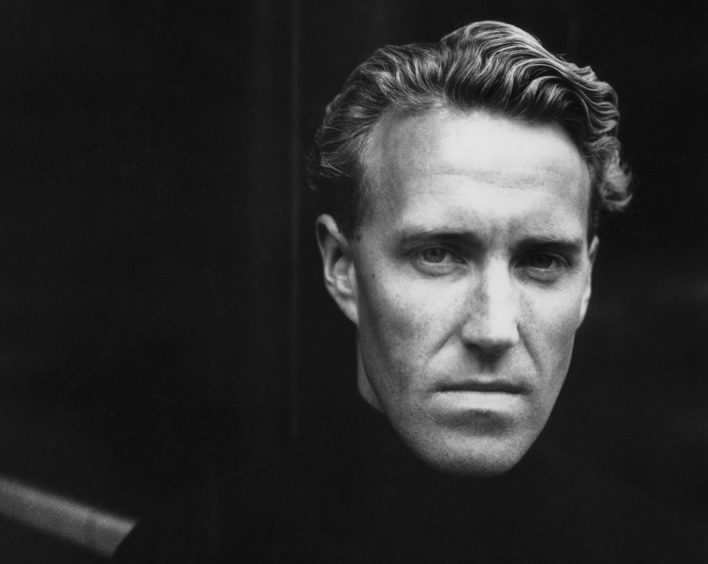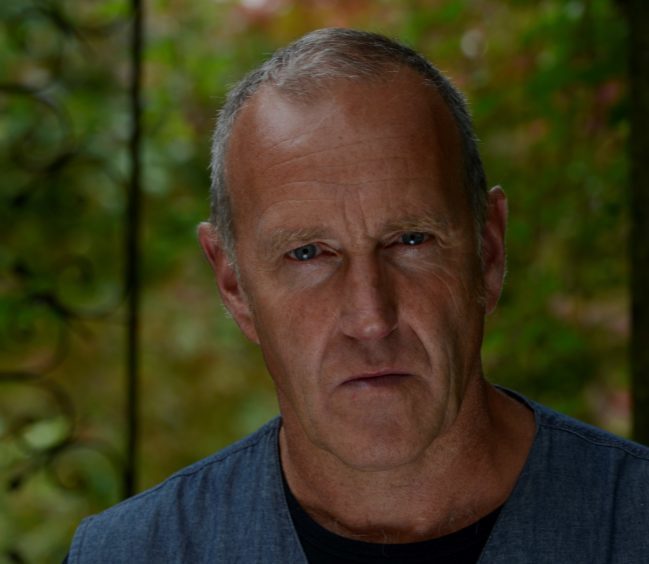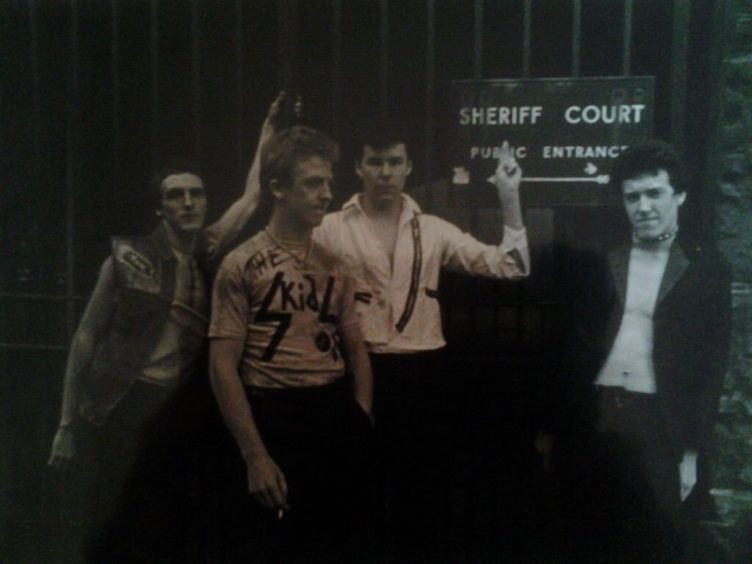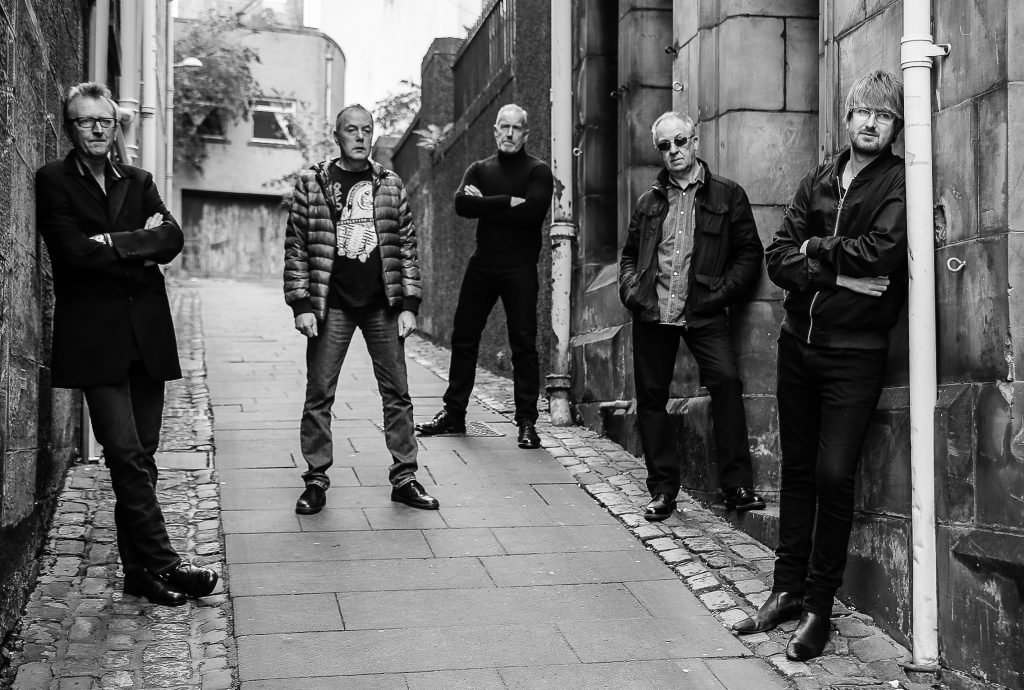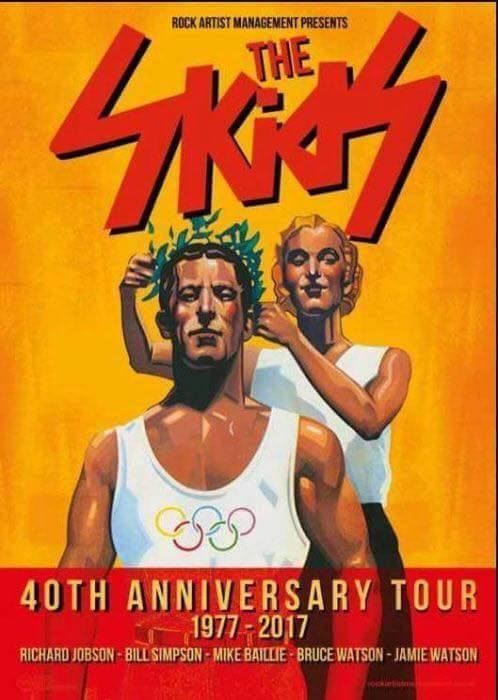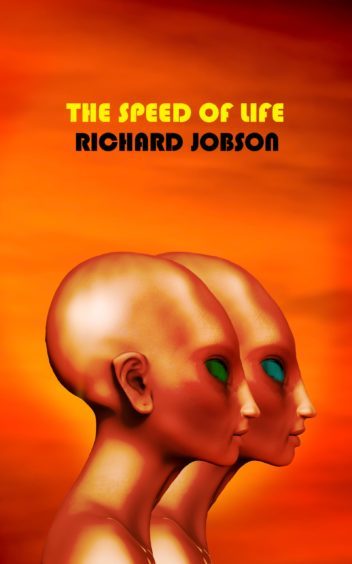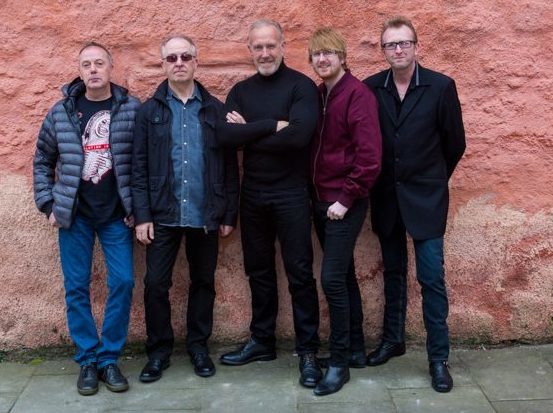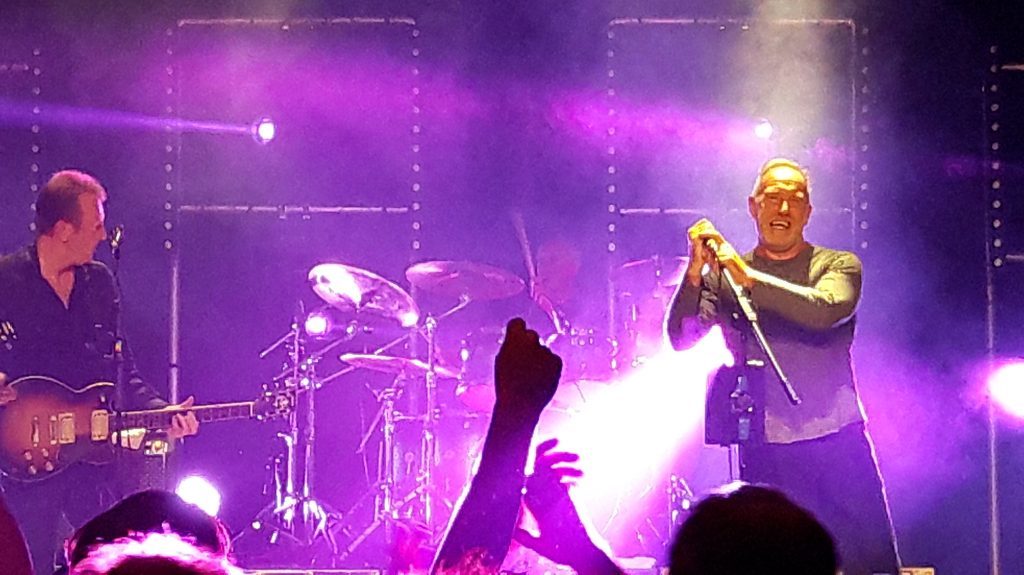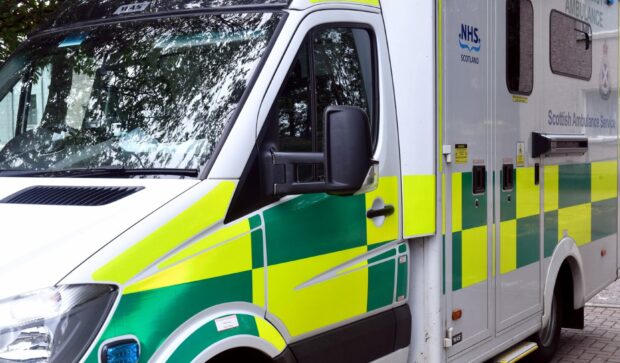As The Skids launch a major hometown exhibition in Dunfermline on April 28, Michael Alexander speaks to the band’s front man Richard Jobson who explains why the homecoming feels like a “personal triumph”.
Sheltering from the wind and rain near his Berlin apartment on Wednesday lunchtime, Fife-raised punk legend Richard Jobson is reflecting on the “physicality” of The Skids 40th anniversary tour last summer.
We are talking about how, at 56, he had to get himself in peak physical condition to perform the tracks he wrote and performed as a teenager and how the band “proved the sceptics wrong” with fans turning out in their thousands – despite the absence of the late Stuart Adamson.
“The music is so physical – it’s never been shoegazing music,” says Richard, who retains the enthusiasm of a 16-year-old when he talks about The Skids tracks.
“My whole thing really was to make people feel that we hadn’t cheated them so it felt like a genuine experience of a bunch of guys playing music they care about.
“That really worked – and it worked because we have I think a healthy dose of humility and integrity.”
Richard said his favourite part of the shows was “hanging out with people afterwards” to hear their stories.
He gets annoyed when cultural historians seemingly omit the band from the annals of punk history.
“Often there’s these straw polls where they look at the top 50 bands in Scotland and stuff and sometimes we are not even in it!” he says.
“There was a documentary recently about how punk came to Scotland and it started with Orange Juice, and you are thinking ‘what the heck? It’s almost like we didn’t exist’.”
Richard puts this “wrong idea of the history of the band” down to them “not being cool” and because they disbanded after three albums.
He adds:“The Skids were raw. We were a working class band. We came from quite austere backgrounds. We weren’t an art school band. We never pretended to be. We never hid behind our music or guitars.”
But he hopes the stars are about to be “realigned” with the launch of an exhibition this weekend back home in Dunfermline, which celebrates the work and music of Richard Jobson and The Skids.
From 1977, the year that the influential group formed in Dunfermline, right up to 2018 with the release of their first album in 35 years, the exhibition which runs until August 26, includes some incredible and unusual pieces of memorabilia, artwork and photographs from fan and band collections.
It’s apt that the exhibition is being held at Dunfermline Carnegie Library & Galleries.
That’s because in the building’s former guise, a then teenage Jobson would seek heat and respite to pen lyrics to some of The Skids’ earliest hits under the roof of the world’s first Carnegie Library.
Some of these original lyric sheets will be on display in the upcoming exhibition, alongside information about Richard’s later movies and books.
“Life was tough growing up,” says Richard.
“My mother worked at Rosyth dockyard and my dad was a miner. We lived in a small house. Five boys in the family – sharing a room and all that. There was a lot of social disruption in our lives, and the only place I found any solace was in Dunfermline Carnegie Library.
“I would go straight there from St Columba’s High School.
“The first thing I ever wrote there believe it or not was The Saints are Coming when I was 16.
“Things like Into the Valley came from there – it was originally called Depersonalised which was not the catchiest of titles!
“Working for the Yankee Dollar was written there, Masquerade was written there – all of the lyrics for Scared to Dance were definitely written there. Probably the only album that wasn’t written there I would say was The Absolute Game.
“It was a place that gave me great solace and made me feel like anything was possible surrounded by all these great books.”
The books Richard was reading at the time were influenced by listening to the likes of David Bowie and Lou Reed. Sometimes the library would be full of homeless people who spent their nights in hostels.
So to be back there for the exhibition is something he regards as a “personal triumph”.
“It’s made me feel like I’ve gone full circle and I’m really overjoyed,” he says, “especially with The Skids convention coming up in May which is going to be tied into that and the release of my book Into the Valley, which will also tie in with that.
“The publishers wanted to do the book launch in London in some fancy club and I’m like ‘nah nah – the Carnegie Library Dunfermline.’ And they are like ‘where’s that?’ I’m like ‘read the book mate!’
“They were a bit miffed about it but it was that or nothing!”
Richard won’t be in Dunfermline for the unofficial opening of the exhibition this weekend but he will be back for The Skids convention on May 19 – and is keen to be part of Dunfermline’s renaissance as the “coolest town in Scotland.”
He adds: “I’m deeply proud to come from Dunfermline even although I live in Berlin now.
“I’m still a Fifer. I try to explain that to people from Berlin and they haven’t a clue what I’m talking about!”
Of course, Stuart Adamson, who went on to create Big Country and who committed suicide in 2001, won’t be there for the official launch. But Richard said he’ll be there in spirit.
“He’s an amazing part of Scottish and British culture,” adds Richard.
“What he represented was unique. What he did was unique. What he created was unique.
“A lot of these other bands we were talking about which were regarded as cool were very derivative of their influences.
“Stuart created his own unique sound. The Stuart Adamson sound. He was an amazing guy.
“But he had a dark side obviously which we are all aware of because of what happened to him, and I’ve dealt with that in the book.
“I talk a lot about my relationship with Stuart and how I was aware he had a dark side – but so did I. We both had dark sides!”
*The Richard Jobson and The Skids exhibition runs at Dunfermline Carnegie Library & Galleries from Saturday April 28 to Sunday August 26.
In addition to the exhibition, a series of talks and celebratory events will also be held in celebration of the band’s history.
Local music venue PJ Molloys are promoting a Skids convention which invites fans to participate in Q&A sessions taking place at Dunfermline Carnegie Library & Galleries and social events, acoustic sessions and film screenings around the town.
The convention takes place at the end of Festival of Museums week on Saturday May 19 and Sunday May 20.
